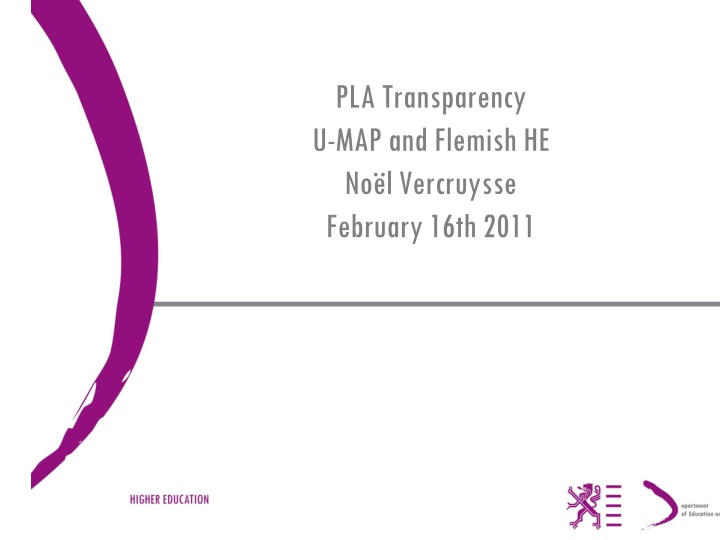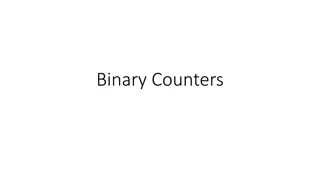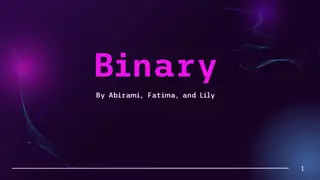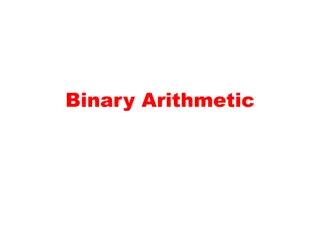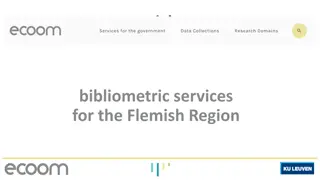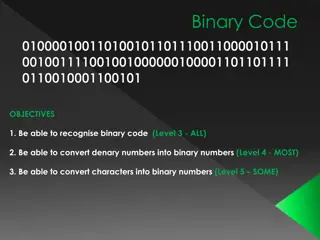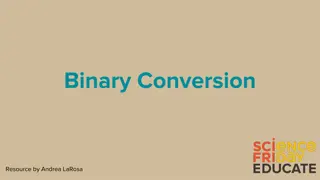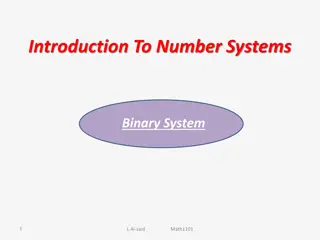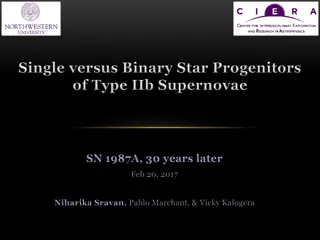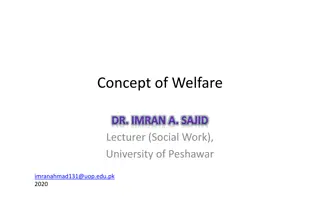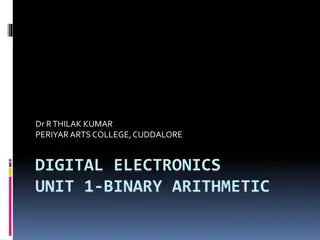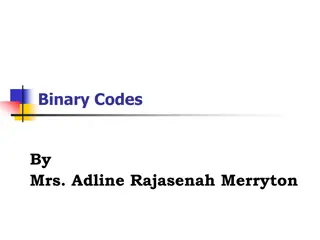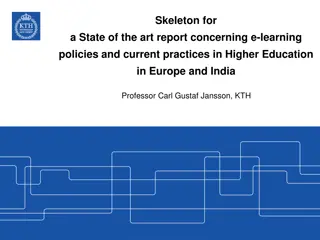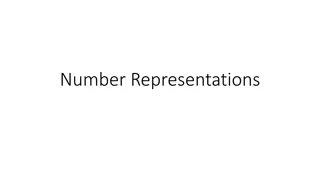Binary Higher Education Landscape in Flemish Institutions
In Flemish higher education institutions, the binary system distinguishes between professional and academic degree courses. The landscape includes university colleges, universities, and specialized HEIs in areas such as business, theology, biotechnology, nanotechnology, communication technology, and energy/environment technology. Funding streams from the Ministry of Education and Ministry of Research and Innovation support teaching, research, and innovation initiatives. The U-MAP initiative aims to map HEIs through pre-filling with public information, student databases, and institutional accounts, enhancing transparency and data accuracy for educational planning and evaluation.
Download Presentation

Please find below an Image/Link to download the presentation.
The content on the website is provided AS IS for your information and personal use only. It may not be sold, licensed, or shared on other websites without obtaining consent from the author.If you encounter any issues during the download, it is possible that the publisher has removed the file from their server.
You are allowed to download the files provided on this website for personal or commercial use, subject to the condition that they are used lawfully. All files are the property of their respective owners.
The content on the website is provided AS IS for your information and personal use only. It may not be sold, licensed, or shared on other websites without obtaining consent from the author.
E N D
Presentation Transcript
PLA Transparency U-MAP and Flemish HE No l Vercruysse February 16th 2011
HE landscape Binary system: Institutional: University Colleges and universities Binary system: professional higher education (only bachelor degree courses) and academic higher education (bachelor and master degree courses)
HE Landscape 22 university colleges 5 universities 1 transnational university Some specialised HEI: business schools, protestant theology, Strategic research institutions: Biotechnology, nanotechnology, communication technology and Energy and environment technology
HE Landscape University colleges: students (bachelor and master) : 123.000 (95.000 professional bachelor, 20.000 academic bachelor and 8.000 master) and staff: 7.900 academic and teaching staff and 2.133 other staff Universities: Students: 79.500(bachelor: 50.500 master: 29.000) and staff: Full professors: 2.601; research and teaching assistants: 1880; researchers and PhD students: 9.260; and 6.960 administrative and technical staff.
HE landscape - funding Funding stream from the ministry of education: Teaching: parameters used for the allocation of the money: input and output (number of credits and diplomas); discipline related weighting factors, extra weighting factor for students with disabilities, students from lower socio- economic backgrounds and students combining working and learning (compensating for the extra facilities and provisions) Research: parameters used for the allocation of the money: diplomas (bachelor, master and PhD), number of publications (with quality related weighting factors of the journals) and citations Funding stream from the ministry of research and innovation: Parameters: diplomas (master and PhD), publications and citations, patents, revenues from contract research, revenu from EU-funding; spin-offs
U-MAP Pre-filling is going on and will be finished in March by using public information: student data base, annual accounts of the HEIs Verification and completion of the data by the HEIs: April Completion of the mapping exercise Mapping of Dutch and Flemish HEI and others ?
HE Policy HE reform: Changing HE landscape: transfer of the academic bachelor and master study programmes from the university colleges to the universities Development of associate degree programmes at the university colleges Development of school of arts within university colleges Leading to a changing profile of the university colleges and universities? Will this changing profile be reflected in U-Map? University colleges without master degree courses: exceptional in Europe? Impact on collaboration opportunities?
U-Map What can we expect from U-MAP? A better undestanding of our HE-landscape? Do we get another mapping than the mapping we know? Do we get another picture of the diversity of Flemish HE? An instrument for comparing and benchmarking similar HEI: University of Leuven and the University of Utrecht and the University of Oslo? The universities located in a capital (Brussels, Amsterdam and Oslo)?
U-MAP Use of U-Map for mapping higher education systems? A starting point for benchmarking of individual HEIs The impact of the use of performance-based parameters for the allocation of money : a form of mapping Much more is needed in order to satisfy the information needs of the different audiences: the public, students, employers,
Thank You Noel.vercruysse@ond.vlaanderen.be
